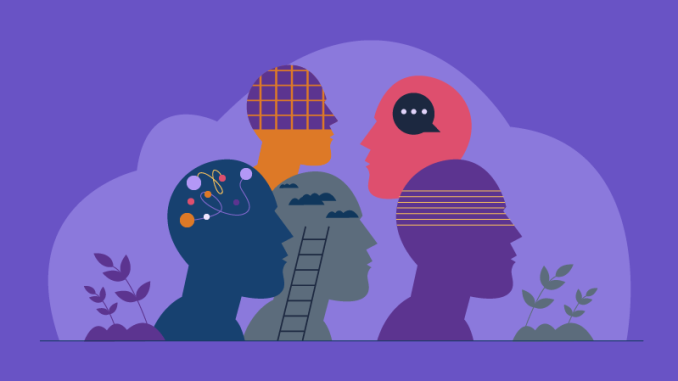
Introduction
In today’s increasingly diverse classrooms, educators face the challenge of catering to a wide range of student needs. One aspect of this diversity that has gained significant attention in recent years is neurodiversity. Neurodiversity refers to the natural variation in neurological differences among individuals, encompassing conditions such as autism, ADHD, dyslexia, and more. Embracing neurodiversity in the classroom is not only a matter of inclusion but also a pathway to fostering creativity and innovation. This article explores innovative teaching strategies for adapting to neurodiversity, creating an inclusive learning environment that benefits all students.
Universal Design for Learning (UDL)
Universal Design for Learning is a pedagogical approach that aims to accommodate a wide range of learner needs. Instead of designing instruction for the average student, UDL recognizes that learners vary in their abilities, preferences, and backgrounds. By offering multiple means of representation, engagement, and expression, educators can create a flexible and inclusive classroom environment. For neurodiverse students, this means providing alternative formats for content, varied assessment methods, and customizable learning pathways.
Sensory-Friendly Classrooms
Many neurodiverse individuals are sensitive to sensory stimuli. Therefore, creating a sensory-friendly classroom environment is crucial. Teachers can make simple adjustments, such as using soft lighting, providing noise-cancelling headphones, or offering fidget tools to help students manage sensory overload. Sensory breaks and quiet corners can also be incorporated into the classroom layout to provide students with a safe space to recharge when needed.
Strengths-Based Approach
Instead of focusing solely on addressing deficits associated with neurodiversity, educators can adopt a strengths-based approach. This approach identifies and nurtures the unique talents and abilities of neurodiverse students. For instance, individuals with autism may excel in pattern recognition, making them excellent problem solvers in mathematics or computer programming. Recognizing and harnessing these strengths can boost self-esteem and motivation among neurodiverse learners.
Collaborative Learning and Peer Support
Collaborative learning not only encourages social interaction but also allows students to learn from each other. Neurodiverse students can benefit from peer support, as it fosters understanding and empathy among classmates. Educators can implement structured group activities and peer mentoring programs to facilitate cooperation and promote inclusivity.
Assistive Technology
The integration of assistive technology can be a game-changer for neurodiverse students. Tools like speech-to-text software, text-to-speech applications, and digital organizers can help students with various challenges, such as dyslexia or executive functioning difficulties, access and manage information effectively. Moreover, assistive technology promotes independence and self-advocacy among neurodiverse learners.
Personalized Learning Plans
Every student is unique, and their learning needs can vary significantly. Personalized learning plans (PLPs) are tailored educational strategies designed to meet each student’s individual needs. By collaborating with special education professionals, teachers can create PLPs that address the specific challenges and strengths of neurodiverse students, ensuring they receive the necessary support and accommodations.
Social and Emotional Learning (SEL)
Neurodiverse students often face social and emotional challenges. Incorporating social and emotional learning into the curriculum can help these students develop essential skills for managing emotions, building relationships, and making responsible decisions. SEL programs foster a positive classroom culture and provide valuable tools for all students, neurodiverse or not.
Conclusion
Adapting to neurodiversity in the classroom is a rewarding journey that benefits all students by promoting inclusivity and diversity. Innovative teaching strategies, such as Universal Design for Learning, sensory-friendly environments, and personalized learning plans, empower educators to create a more accommodating and supportive educational experience. By celebrating the strengths of neurodiverse students and embracing their unique perspectives, schools can become hubs of innovation, fostering creativity and empathy among all learners. Inclusive education is not just a goal; it is a foundation upon which we build a more equitable and vibrant society.